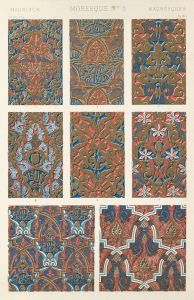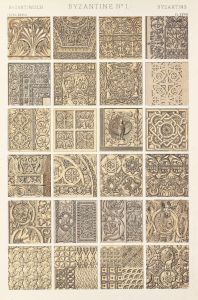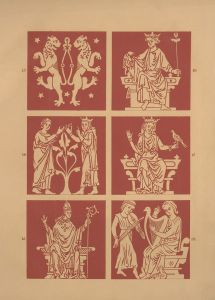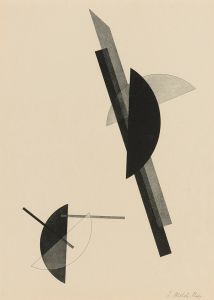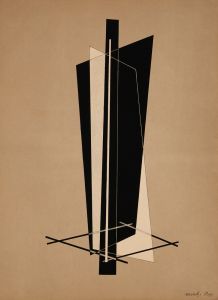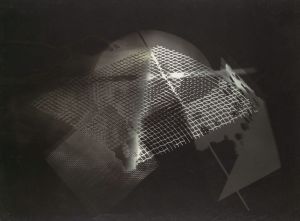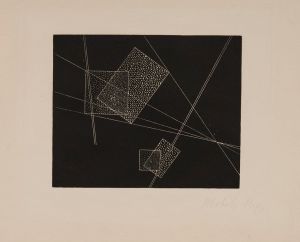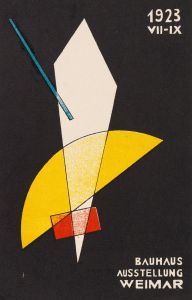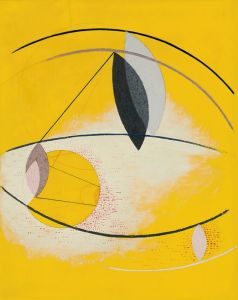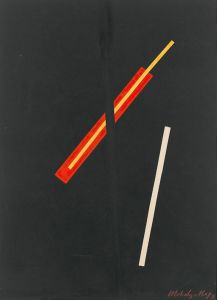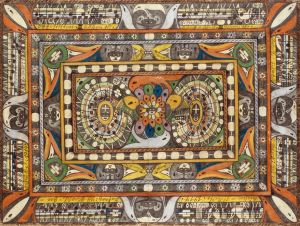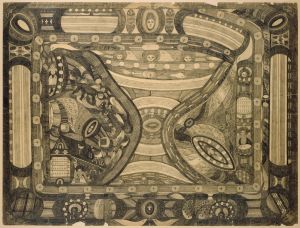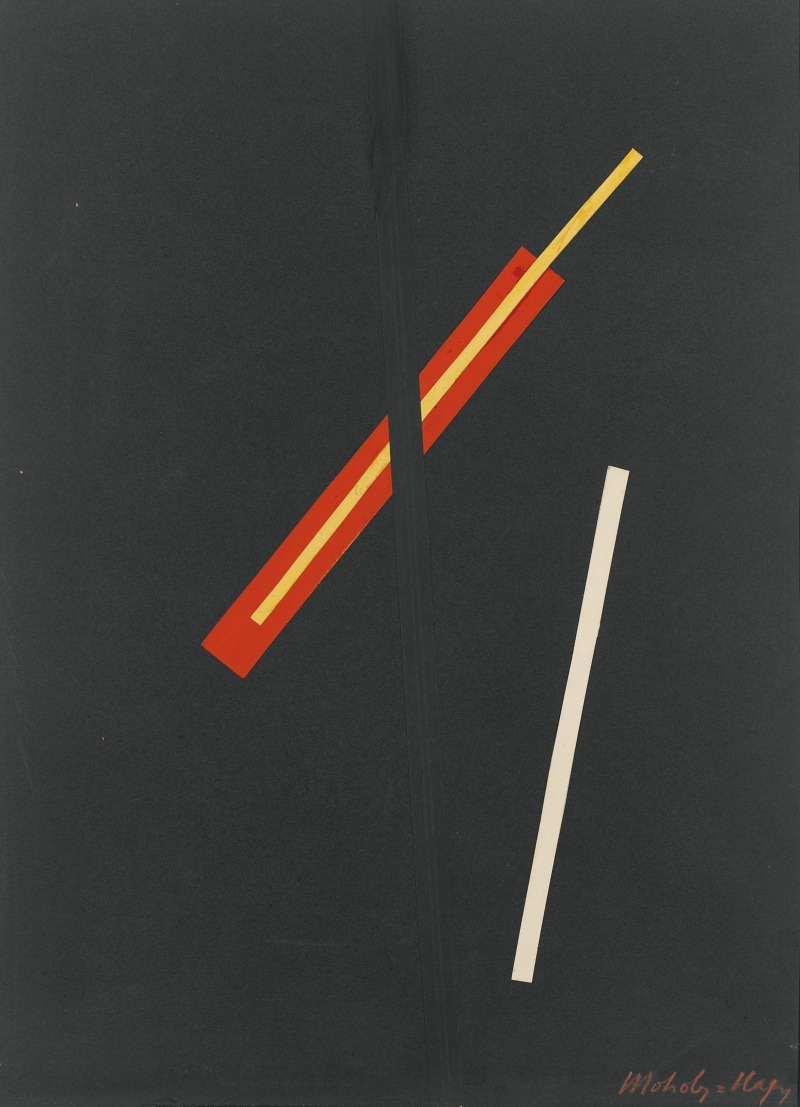
Collage with three elements
A hand-painted replica of László Moholy-Nagy’s masterpiece Collage with three elements, meticulously crafted by professional artists to capture the true essence of the original. Each piece is created with museum-quality canvas and rare mineral pigments, carefully painted by experienced artists with delicate brushstrokes and rich, layered colors to perfectly recreate the texture of the original artwork. Unlike machine-printed reproductions, this hand-painted version brings the painting to life, infused with the artist’s emotions and skill in every stroke. Whether for personal collection or home decoration, it instantly elevates the artistic atmosphere of any space.
László Moholy-Nagy was a Hungarian artist and influential figure in the Bauhaus movement, known for his innovative approach to art and design. Among his works, Collage with Three Elements is a notable example of his experimentation with abstraction and modern materials. Created in 1925, during his tenure at the Bauhaus school in Germany, this piece reflects Moholy-Nagy's interest in exploring the interplay between form, texture, and composition.
The artwork consists of three distinct elements arranged in a minimalist and geometric composition. Moholy-Nagy employed a combination of materials, including paper and possibly other industrial or found objects, to construct the collage. The use of simple shapes and a limited color palette aligns with the Bauhaus ethos of functional and streamlined design. This piece exemplifies his belief in integrating art with technology and his commitment to pushing the boundaries of traditional artistic mediums.
Moholy-Nagy's work in this period was heavily influenced by Constructivism and the emerging modernist movements of the early 20th century. He sought to create art that was not only visually engaging but also intellectually stimulating, often incorporating principles of balance, contrast, and spatial relationships. Collage with Three Elements is a testament to his ability to distill complex ideas into visually concise forms.
The exact materials and techniques used in this specific collage are not extensively documented, but it is consistent with Moholy-Nagy's broader body of work, which frequently included photomontage, photography, and mixed media. His innovative approach to collage and abstraction had a lasting impact on modern art and design, influencing generations of artists and designers.
Today, Collage with Three Elements is recognized as an important example of Moholy-Nagy's contribution to the Bauhaus movement and his role in shaping 20th-century art. The piece is often studied in the context of his broader artistic philosophy, which emphasized the integration of art, technology, and modern life.





